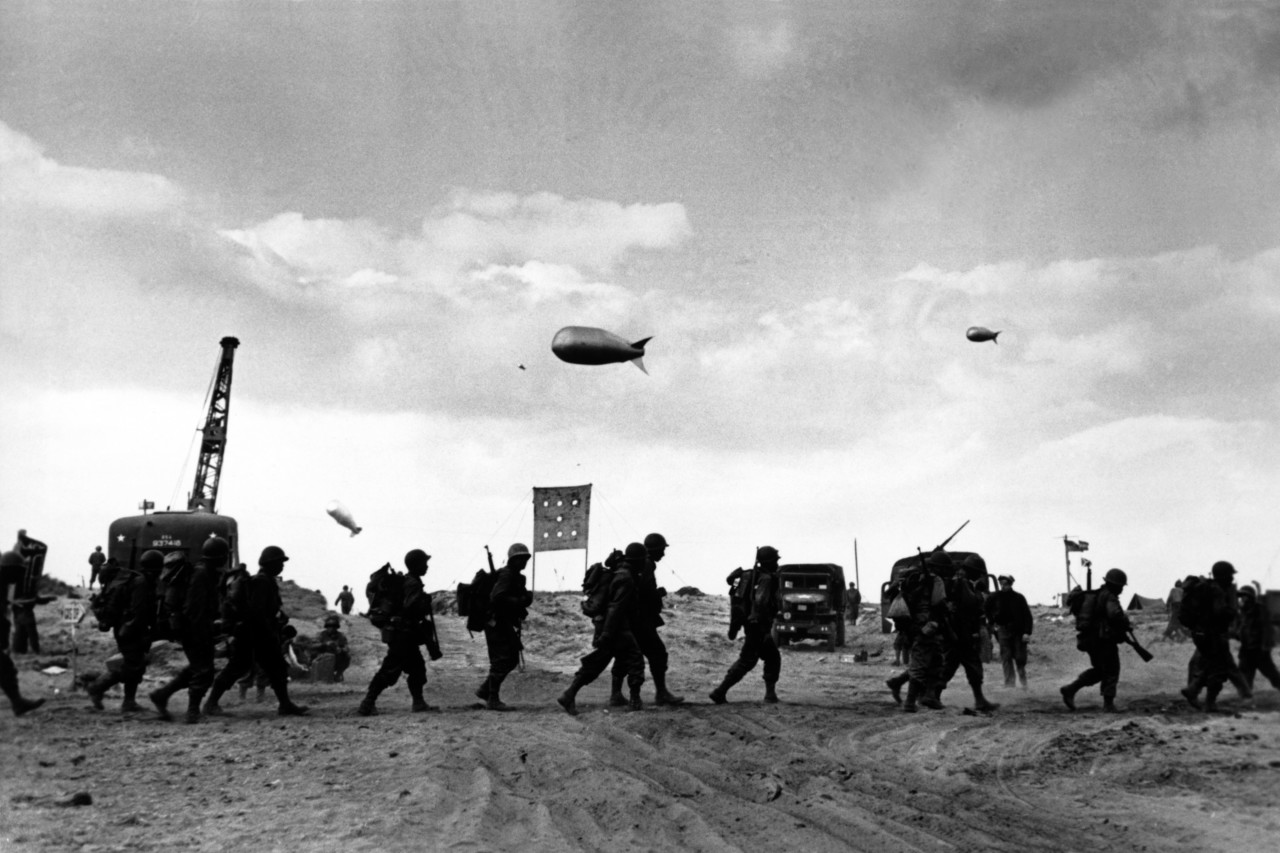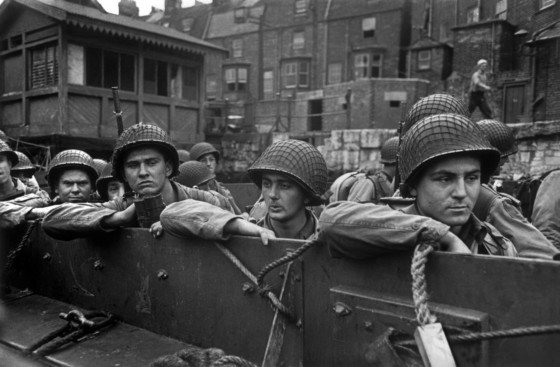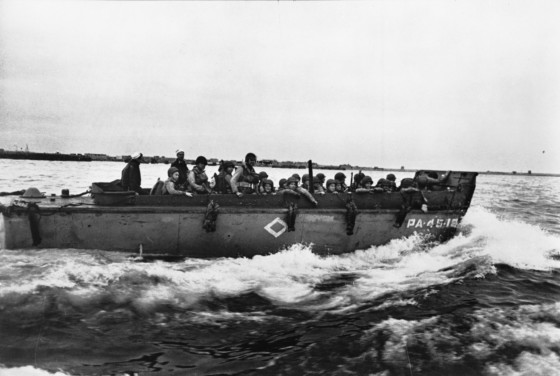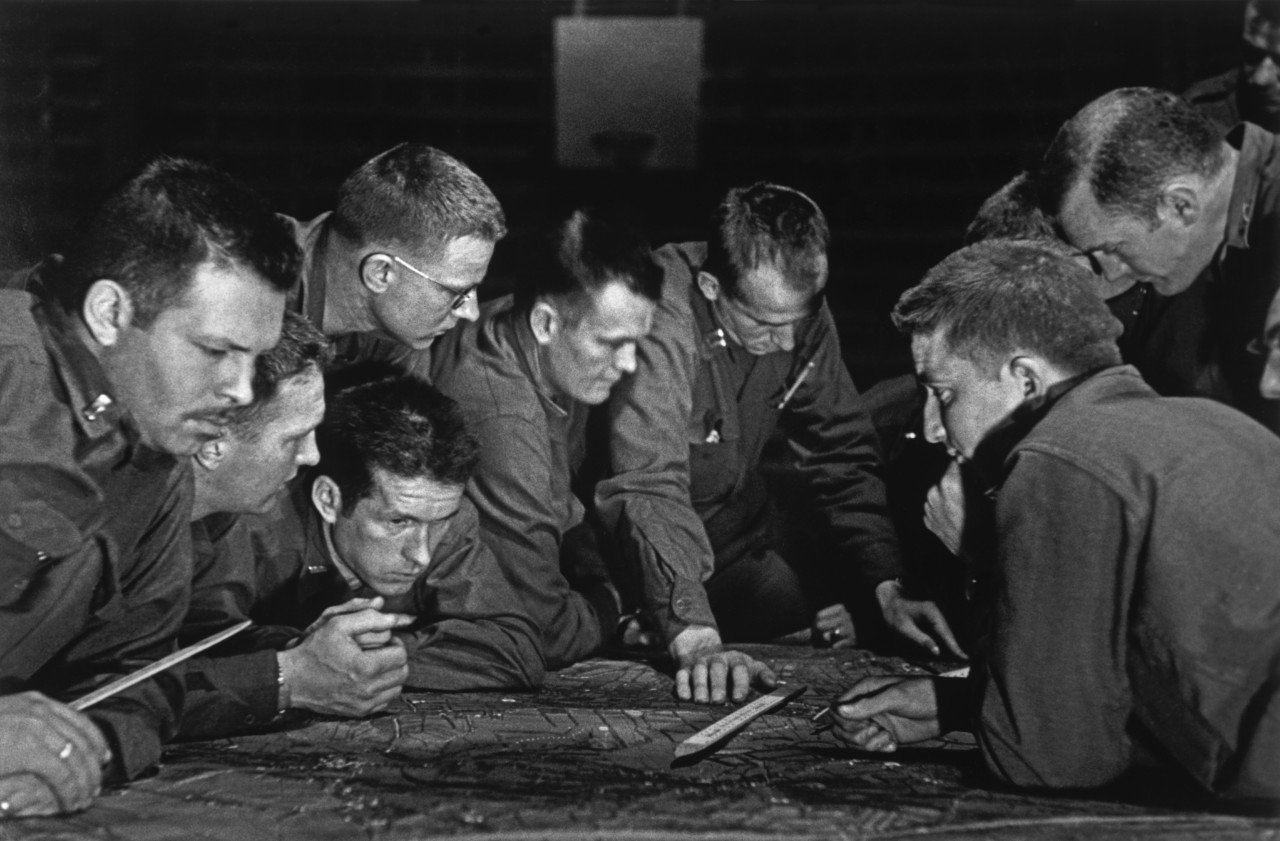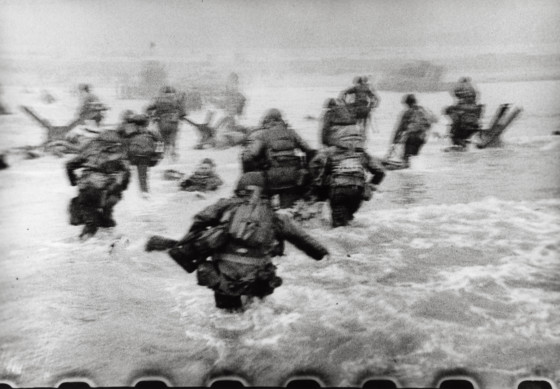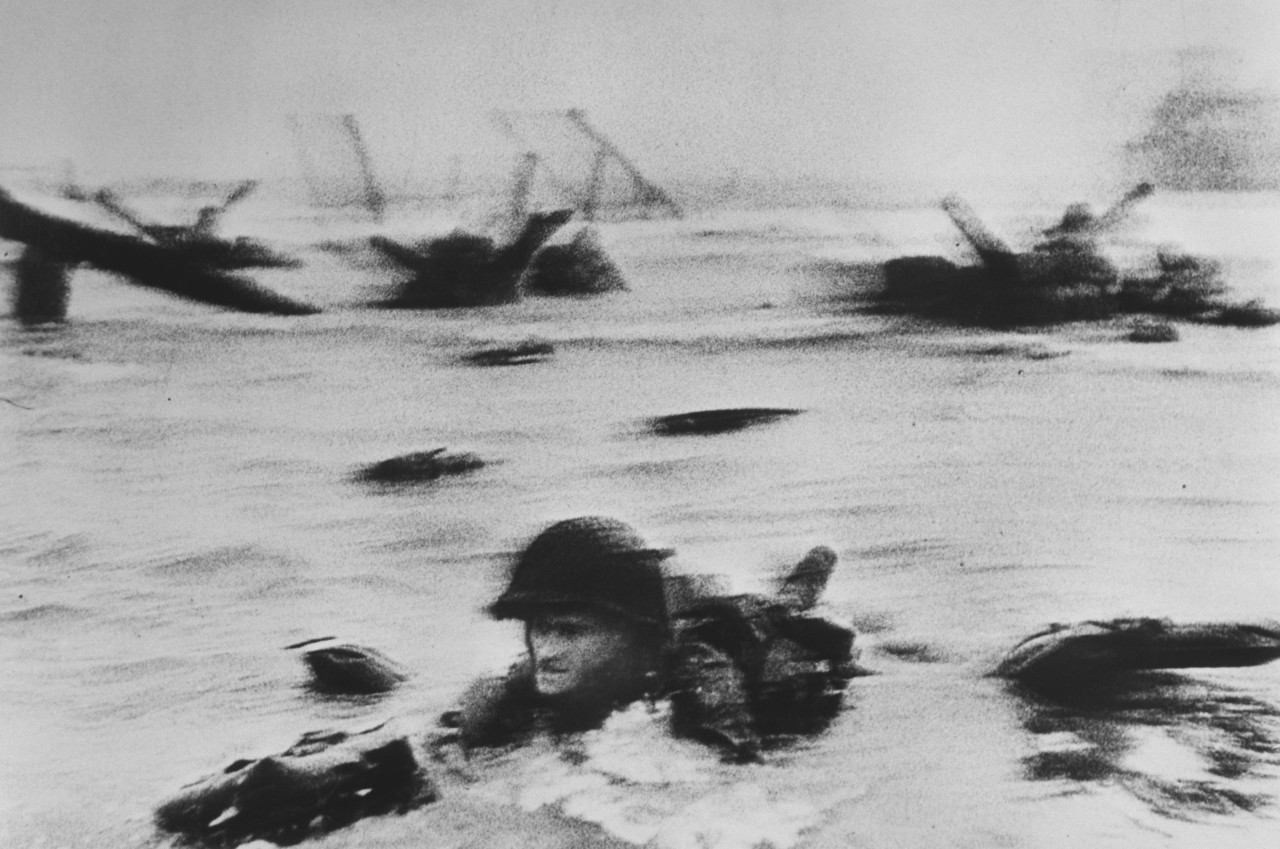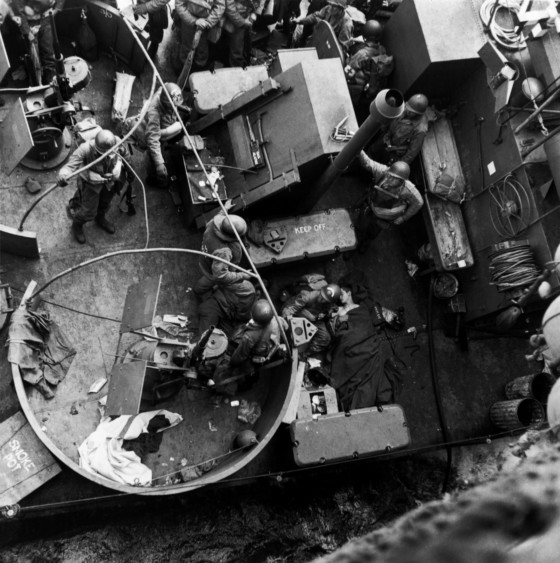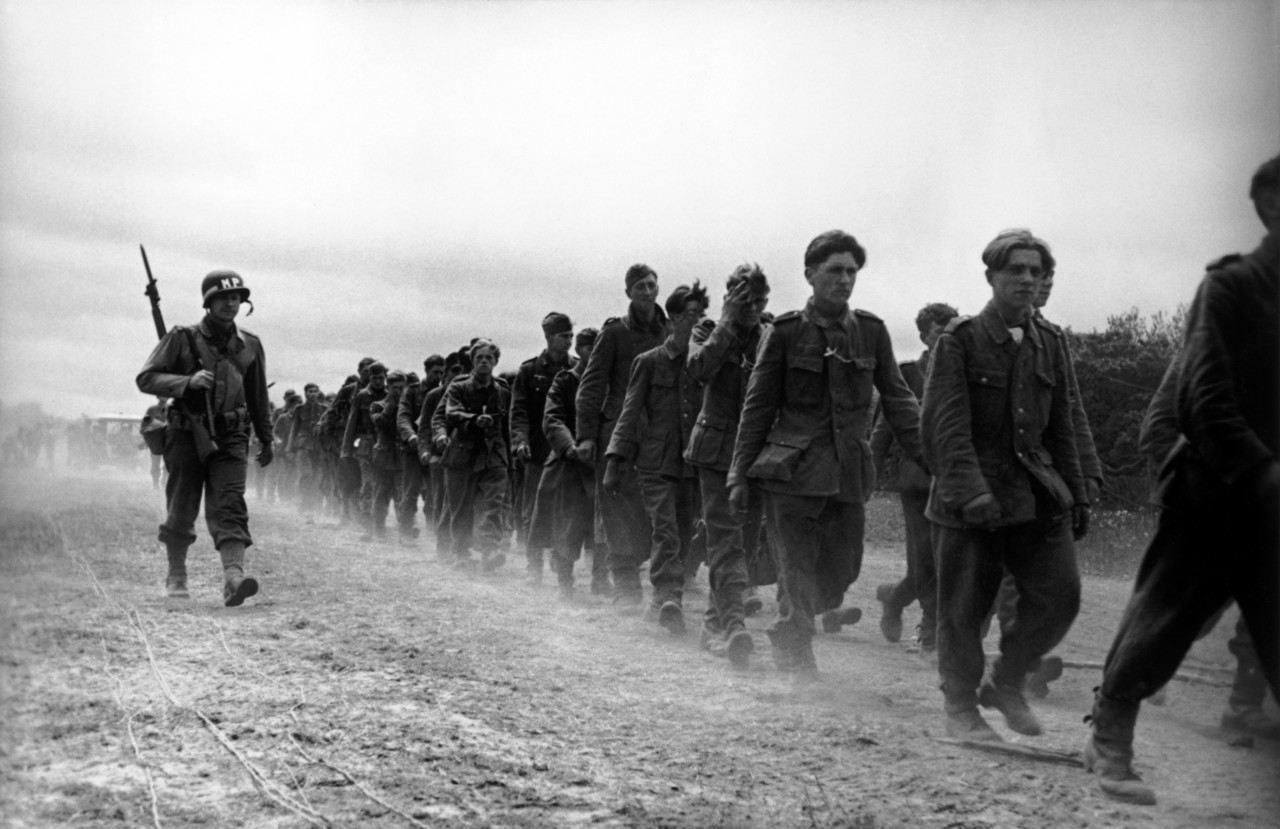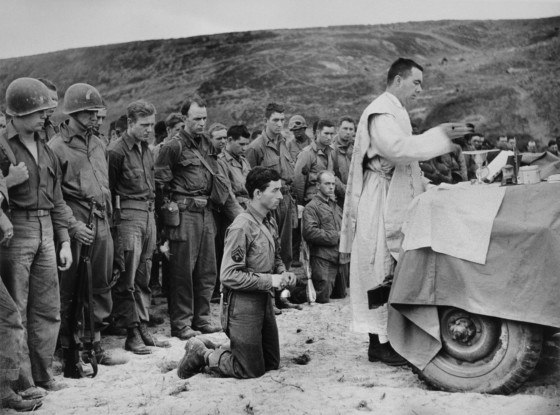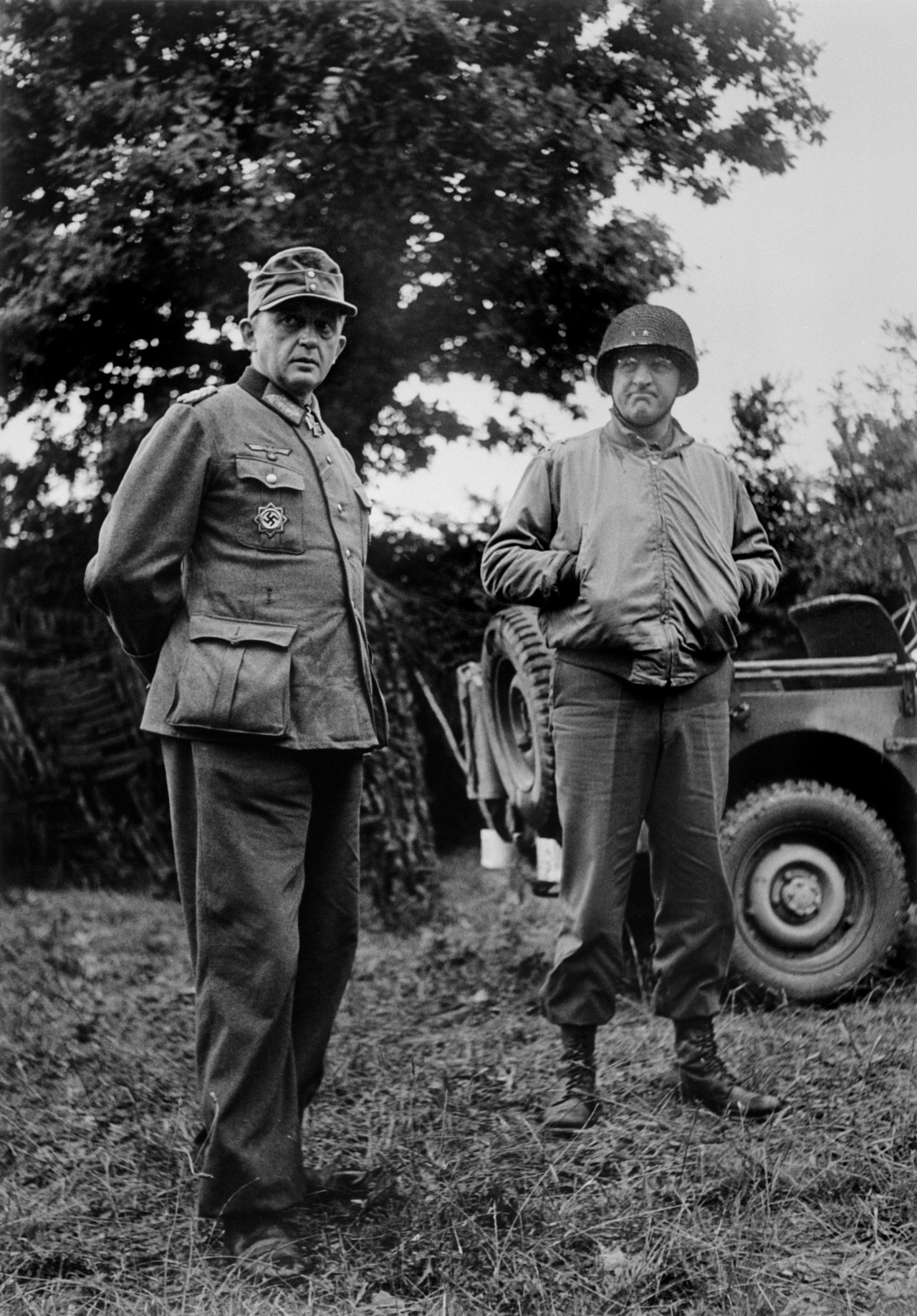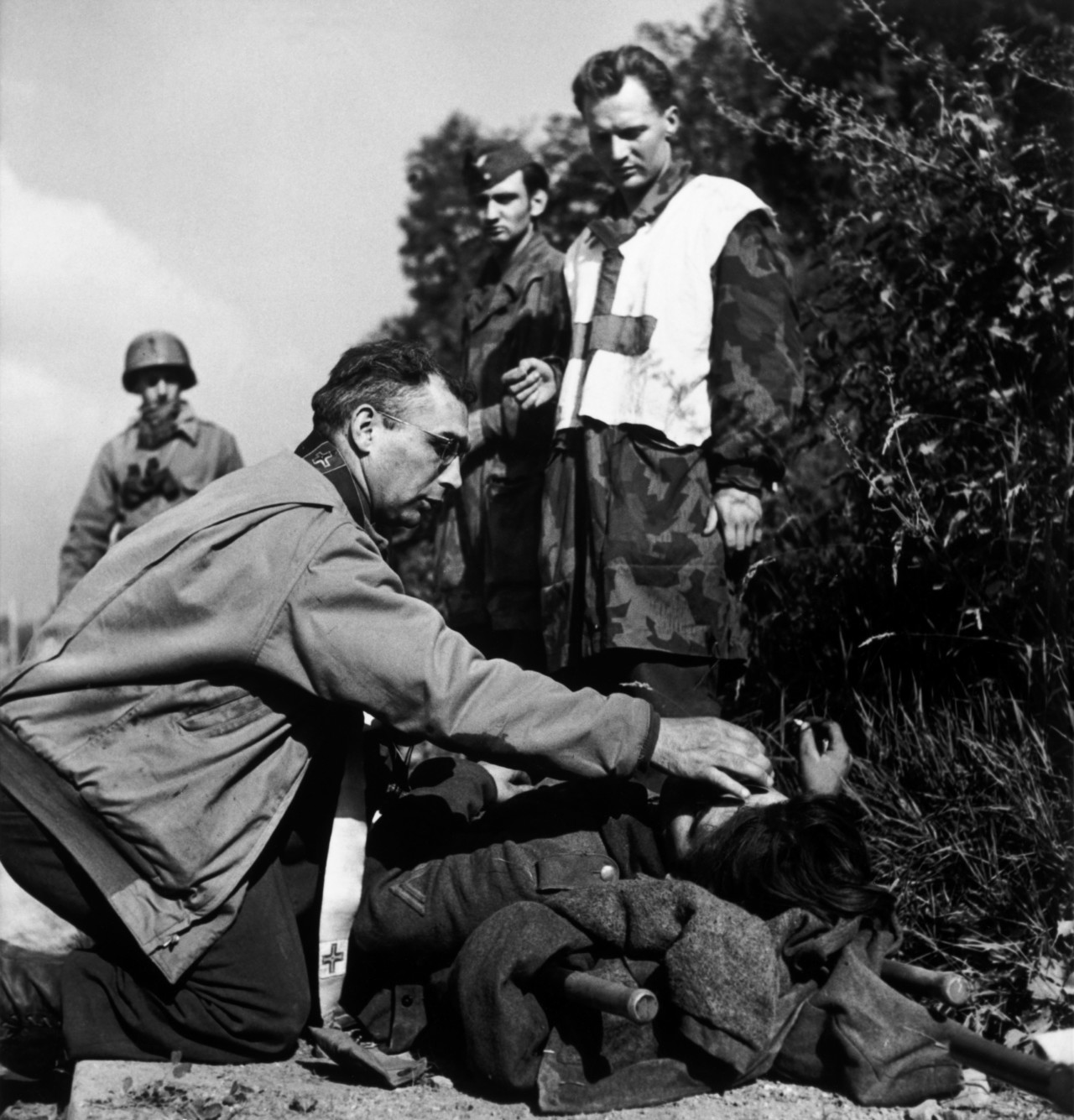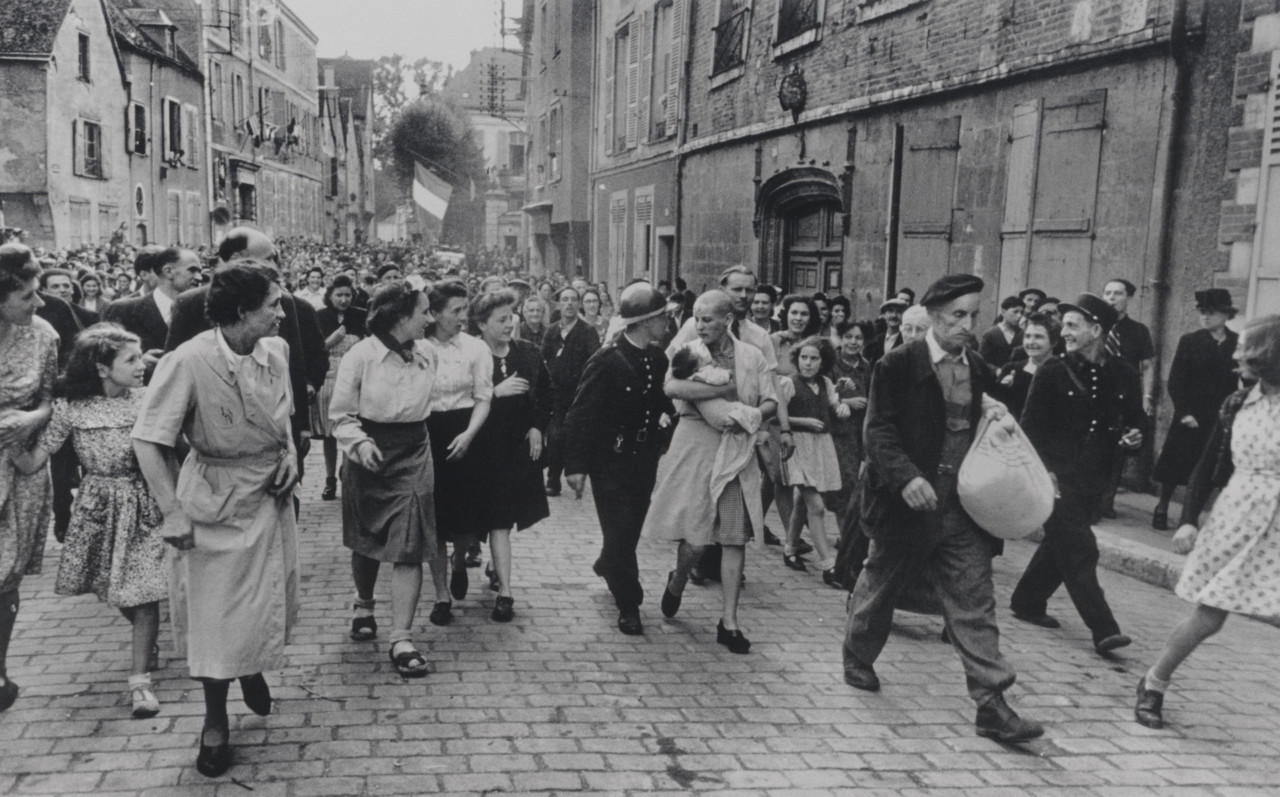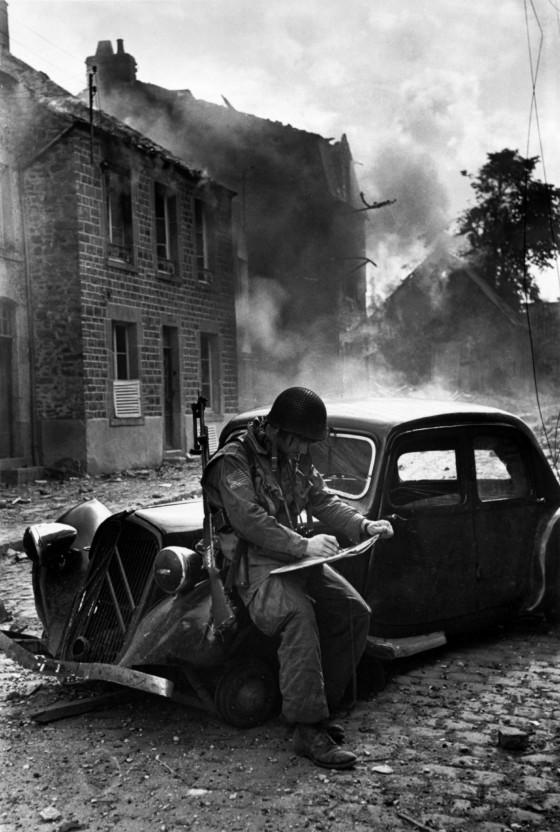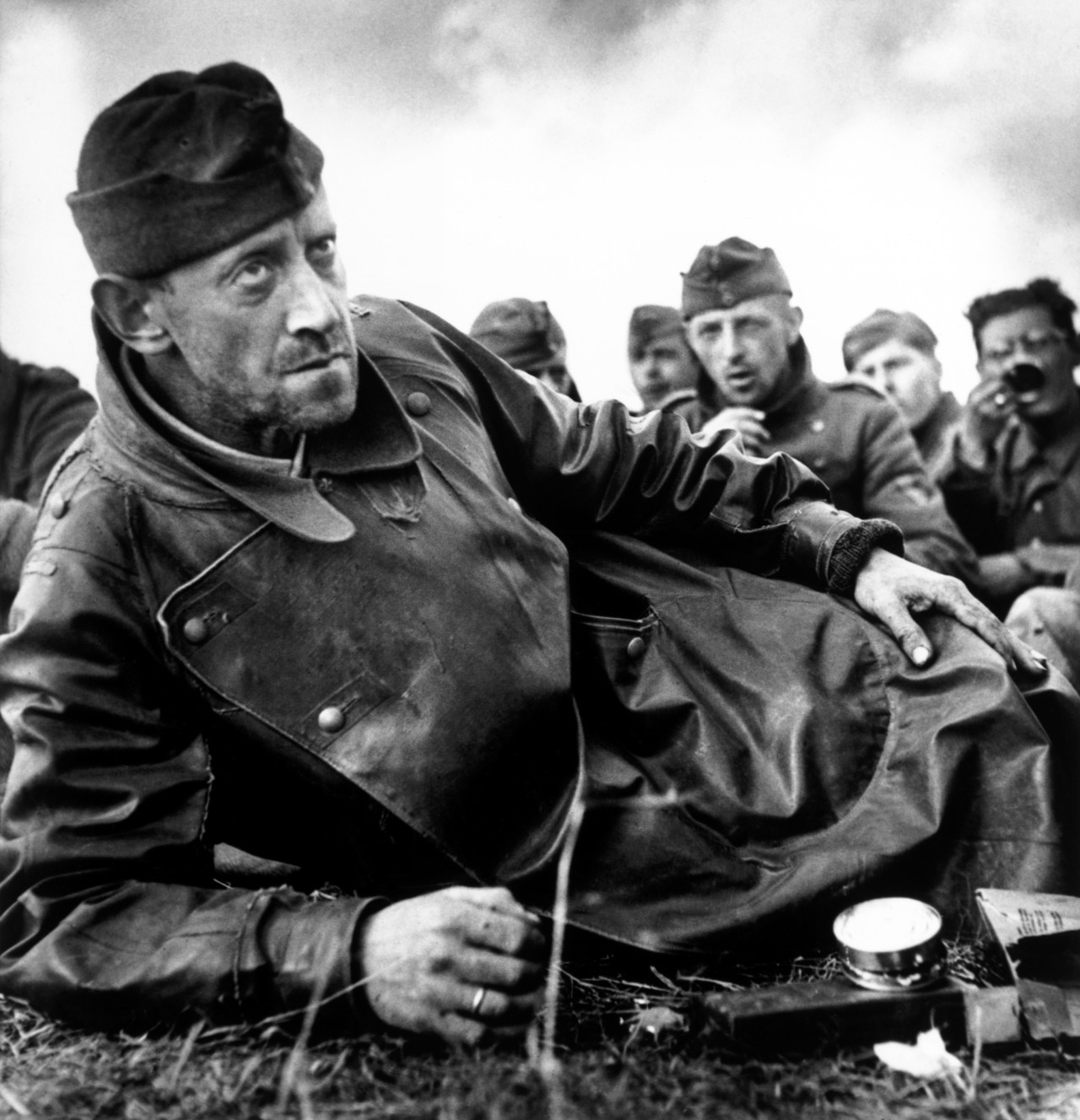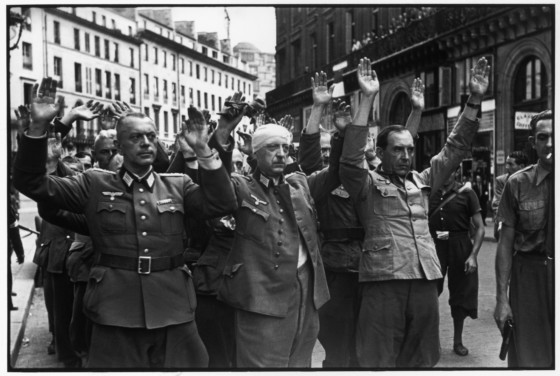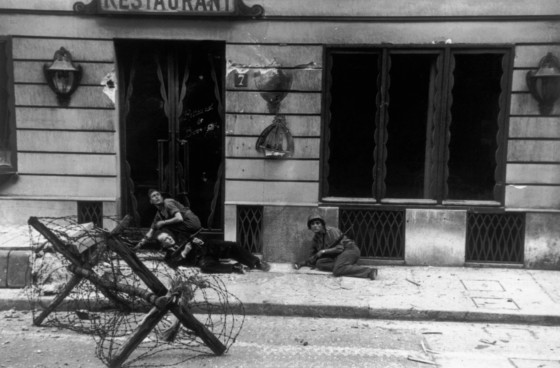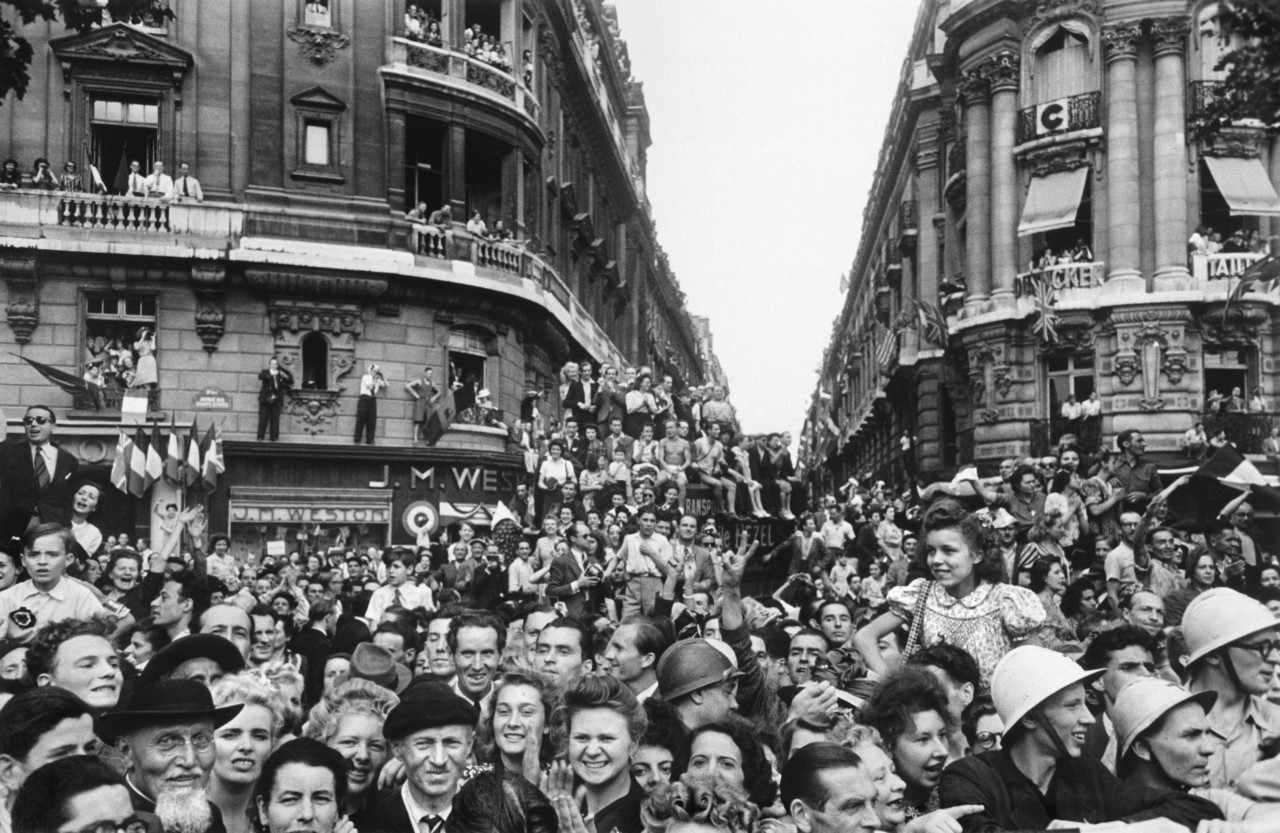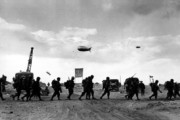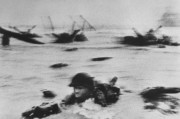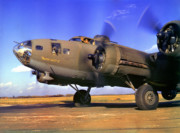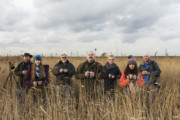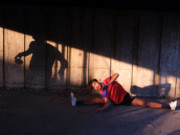The 75th Anniversary of D-Day and the Allied Invasion of Normandy
Magnum Photos co-founder, Robert Capa, covered the Allied invasion of Northern Europe from its planning phases through to the fall of Paris
On Tuesday June 6, 1944, the Allied invasion of Northern France began. The broad-scale invasion of Nazi-held mainland Europe, code named Operation Overlord, started with numerous amphibious landings along the Normandy coast, code named Operation Neptune, but most commonly referred to today as ‘D-Day’. While there have been other D-Days – for it is a term commonly used in military parlance to refer to the first day of an attack – the D-Day of June 6 has come to be by far the most famous.
The invasion of France had been in discussion since at least 1942 – when an agreement was reached between the United States and Soviet Russia on the great importance of opening a second front in the war against Nazi Germany. However, the campaigns for North Africa and the invasion of Sicily (Operation Husky) and the following push northward into mainland Italy took precedence. This approach – hacking into what Churchill called the ‘soft underbelly of Europe’ forestalled earnest efforts to invade Northern France until after the Allied Quebec Conference in August, 1943.
Robert Capa – one of Magnum Photos’ four founding members – had, by June, already photographed the invasion of Sicily, and the fight for Italy – not to mention the vicious civil war in Spain that had served as a prelude to (and at times effectively as a training exercise for) Nazi Germany’s invasion of Europe and the years of destruction that followed. In the weeks before D-Day Capa had been in London, holding parties which – according to Richard Whelan’s biography of the photographer – featured his signature punch, made by ‘soaking brandy-soaked peaches in champagne’. Such revelry was cut short on May 29 when Capa – assigned as a photographer to the US Army – was summoned to Weymouth, Dorset, for briefing and to await embarkation for France.
The plans for Operation Neptune called for amphibious landings over five beaches, code-named Utah, Omaha, Sword, Gold, and Juno, as well as advance airborne landings across Normandy to lay the way for the troops landing by sea.
Early on the morning of the 6th, Capa left Weymouth and landed on Omaha beach alongside the soldiers. After taking photographs in the breaking waves, at times almost submerged, Capa claimed in his book, Slightly Out of Focus, that he was struck by a bout of panic, and fled the beach toward a retreating landing craft. Once in the comparative safety of the craft’s assigned mothership he photographed casualties during the journey back to England.
The landings were, and remain, the greatest amphibious invasion in history. The beachhead gained, and held, in Normandy laid the foundations for the Allied push southward, through France and toward Paris.
That push through France was often grueling for the Allies, even with German forces in retreat. It was not until June 8 that Capa found his way back to France, arriving in the captured town of Bayeux, from where he photographed the Allied efforts to resupply and support the expanding frontline to the south over the following days. Eventually the photographer made it all the way back to the front lines, where he photographed the push toward Cherbourg, which fell on June 26 after the collapse of an at times tenacious defense. Capa arrived, shortly after the town’s capitulation, to photograph German POWs, notably General von Schlieben – who had been commanding the town’s defenders.
After a sojourn back in London Capa returned to France in late July for the push toward Paris. Often photographing more German POWs, Capa also captured wrecked German hardware, the liberated landmark of Mont-St-Michel, the bitter fighting for the port of St. -Malo, and the public humiliation of female collaborators by the French Resistance.
Eventually, Paris was reached on August 24 and officially liberated the next day. The French Resistance had preceded Allied attacks on the city’s occupiers by five or more days. On August 25 Capa followed the first Free French units to penetrate Paris’ outskirts, capturing the street fighting for the capital as the last remaining German units and snipers were cleared, the latter stages of the French Resistance’s uprising and eventually the cheering Parisian crowds.
Ultimately, following the Allied victory in North Africa, the invasion Italy to the south, and the Soviet repulsion and mauling of the Nazi invasion to the east, D-Day spelled the start of the end for the Nazi German regime.


